The district-heating network will use underground pipes to transport heat from Viridor’s energy from waste (EfW) plant at Trident Park to businesses and homes in Cardiff. Buildings that connect to the network will no longer need to use gas to heat their property.
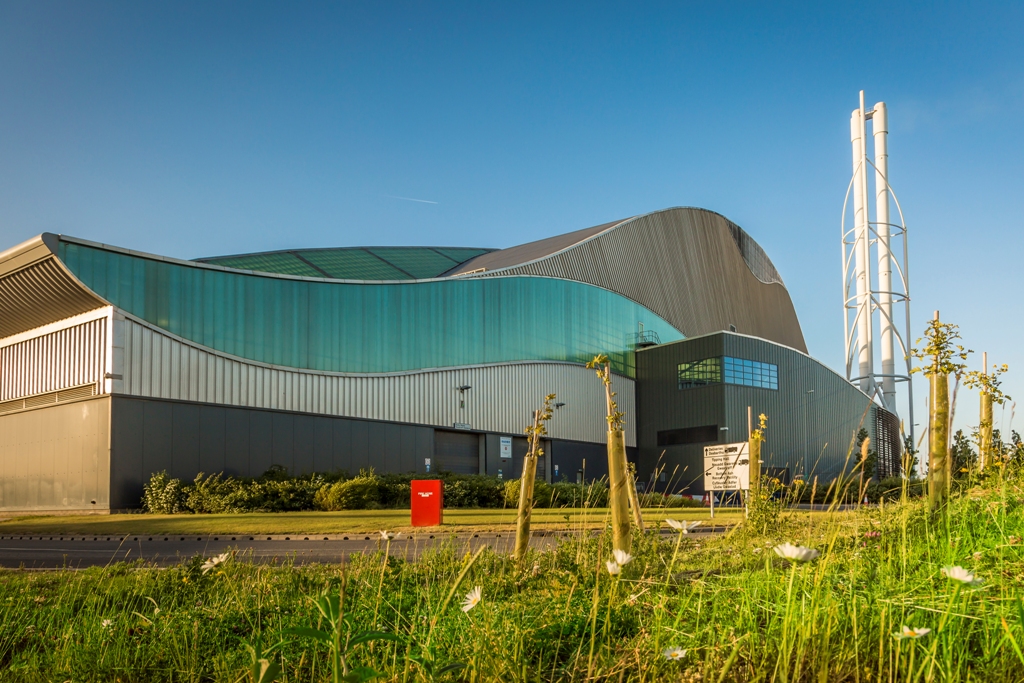
Claimed to be the first of its kind in Wales, the project has received support via a £8.6m loan from the Welsh Government and a £6m grant from the UK Government.
Cardiff council’s cabinet member for clean streets and the environment Michael Michael said: “This is an exciting opportunity for Cardiff to develop a new, low-carbon, energy infrastructure, fuelled by an existing facility in the city. The Heat Network is one the council’s key projects in our response to climate change, so this is really exciting news.
“Analysis shows that if all the heat available from the plant is fully utilised, we could save 5,600 tonnes of carbon each year and the customers signed up to the network could cut their annual energy bills by five per cent on average, while reducing their heating system’s carbon emissions by up to 80%.
“This is an exciting opportunity for Cardiff to develop a new, low-carbon, energy infrastructure”
“The business case shows that the first phase of the network is financially viable and I would like to thank both the Welsh Government and Central Government who have committed to backing this project with cash so first phase works can go out to tender and we can begin the build.”
The heat network is be owned by an independent company through a special purpose vehicle (SPV) with the council as a major shareholder.
First phase
The first phase of the heat network will initially provide heating to a number of large buildings in the city, Cardiff council says, including the County Hall or a replacement council headquarters, the new Indoor Arena, the Millennium Centre, Tŷ Hywel, Cardiff & Vale College main building and Tresllian House. Other smaller buildings or parts of buildings will also be connected to the network.
Cardiff council claims the network could be operational within two years of installation works beginning.
Discussions are also underway with private developers looking to develop land within scope of the first phase of the heat network, Cardiff council says.
Second phase
After the first phase of works, the network may be extended to other customers, Cardiff council says.
Cardiff council says buildings which it believes could benefit from the Heat Network in the proposed second phase have been approached, but commercial terms have yet to be agreed.
Cardiff council says this phase would also be subject to a separate tender process and further financial funding.
Rural areas
With 35% of people in Wales living in rural areas, decarbonising heat is a particular challenge, the Welsh government said.
Heat networks offer a “suitable solution for areas with sufficiently high heat density”. The Welsh Government has therefore identified Priority Areas for district heat networks in 14 towns and cities across Wales, including Bridgend and Cardiff.
“This investment will help heat hundreds of homes and buildings using cheaper, greener energy”
Secretary of state for Wales Simon Hart said:“Heat networks form an important part of the UK Government’s plan to reduce carbon emissions and cut heating bills for consumers.
“This £8 million investment will help heat hundreds of homes and buildings using cheaper, greener energy across Bridgend and Cardiff. It also marks another step forward for our ambitious Clean Growth Strategy and moves us closer to our target of net zero greenhouse gas emissions by 2050.”
Minister of State for energy and clean growth Kwasi Kwarteng added: “These projects in Wales will help ensure that low-carbon sources of heating are available across the UK.
“Projects in Bridgend and Cardiff will help connect as many homes and businesses as possible to low-carbon affordable heating – by cutting bills and emissions we can achieve our net zero target in a way that works for residents across the UK.”
Trident Park
Officially opened in 2015, Trident Park diverts approximately 350,000 tonnes of non-recyclable waste from landfill every year, Viridor says (see letsrecycle.com story). The plant generates enough electricity to power around 68,448 households.
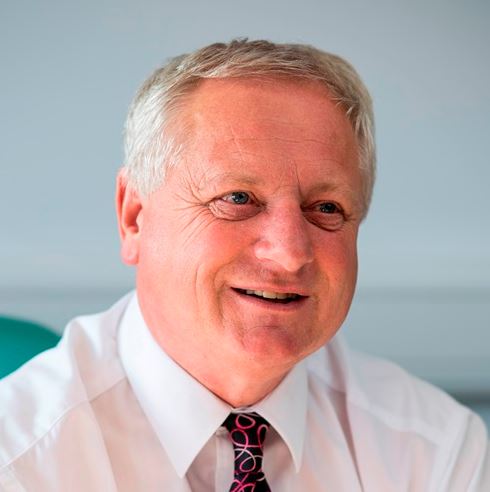
The heat produced by burning the non-recyclable waste at the Viridor plant at high temperatures produces steam, which in turn powers a turbine to make electricity.
By turning the facility into combined heat and power mode, some of the steam is recovered as hot water which can then be distributed via a network of highly insulated pipes to customers’ buildings, Viridor says.
Viridor CEO Phil Piddington said: “Viridor has developed combined heat and power plants which attach a purpose to waste which can’t be recycled because this is how we meaningfully contribute to both energy and resource efficiency in the UK. The opportunity to see the full potential of Trident Park ERF realised through this exciting project is the natural progression Viridor has been working so hard to achieve with district heating network partners.”
Last week, Viridor and the Prosiect Gwyrdd (Green Project) partnership announced 1 million tonnes of non-recyclable waste had been used to generate energy at the plant (see letsrecycle.com story).
During the lockdown, Cardiff council temporarily began incinerating recyclables at the facility as a result of the coronavirus pandemic (see letsrecycle.com story).





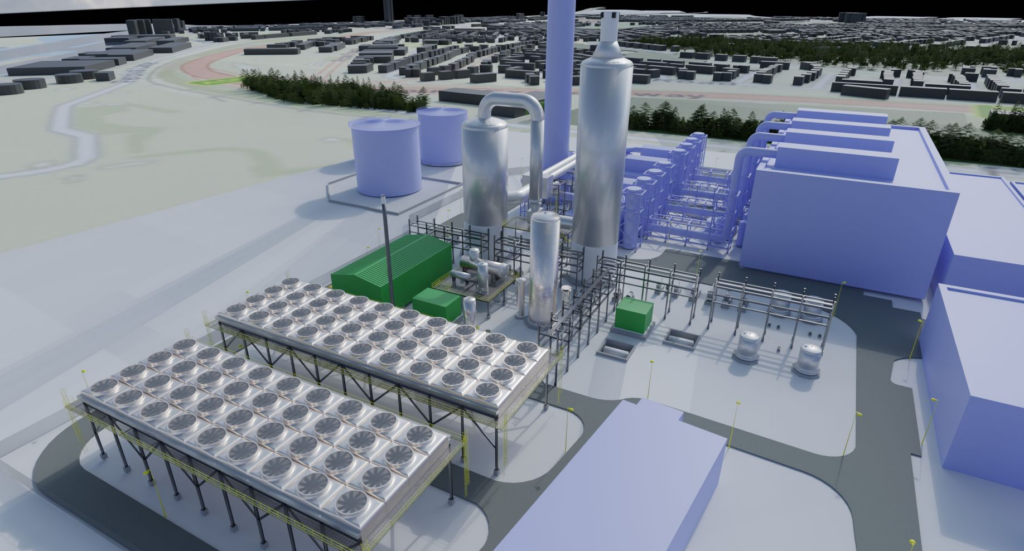
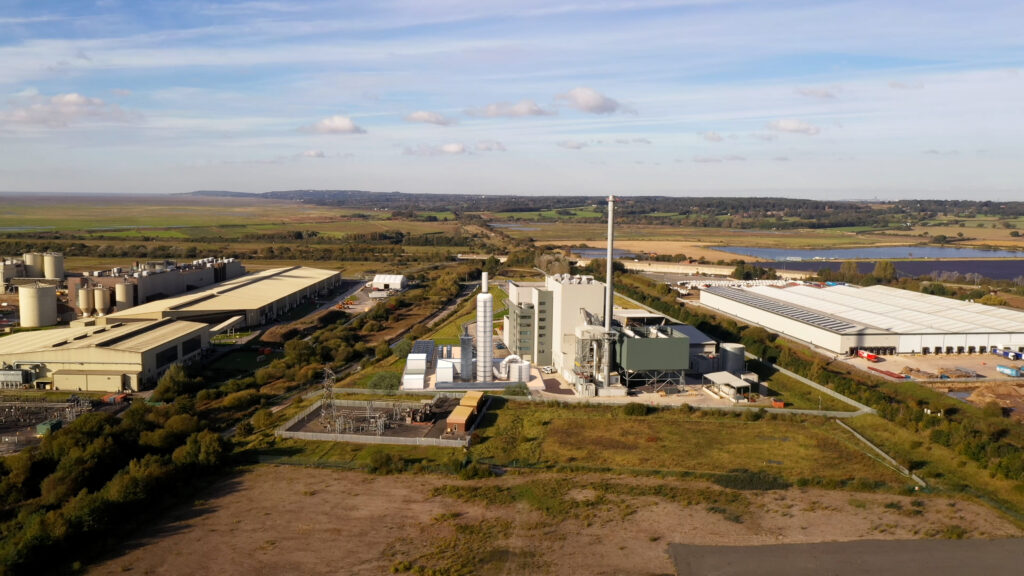
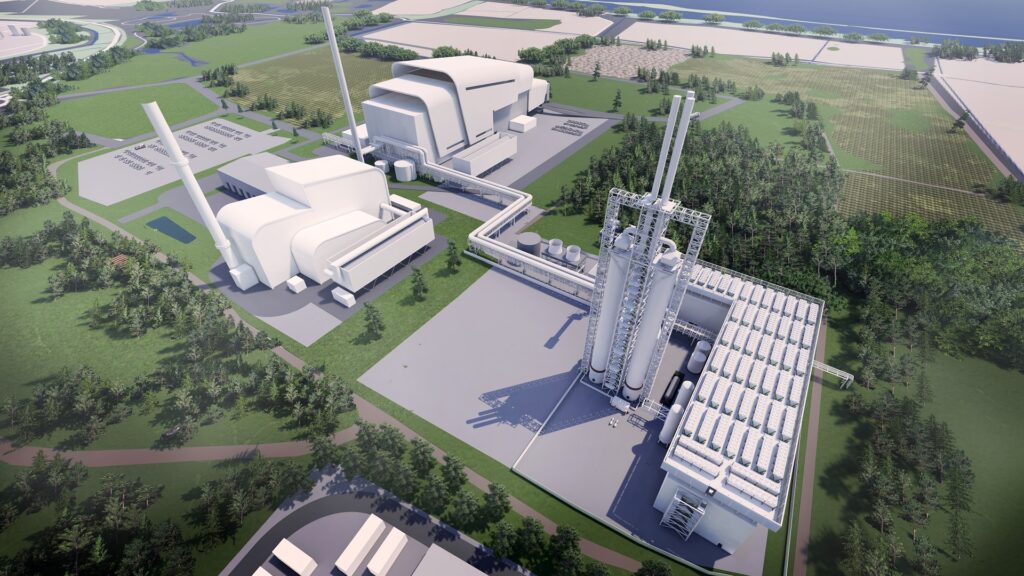


Subscribe for free